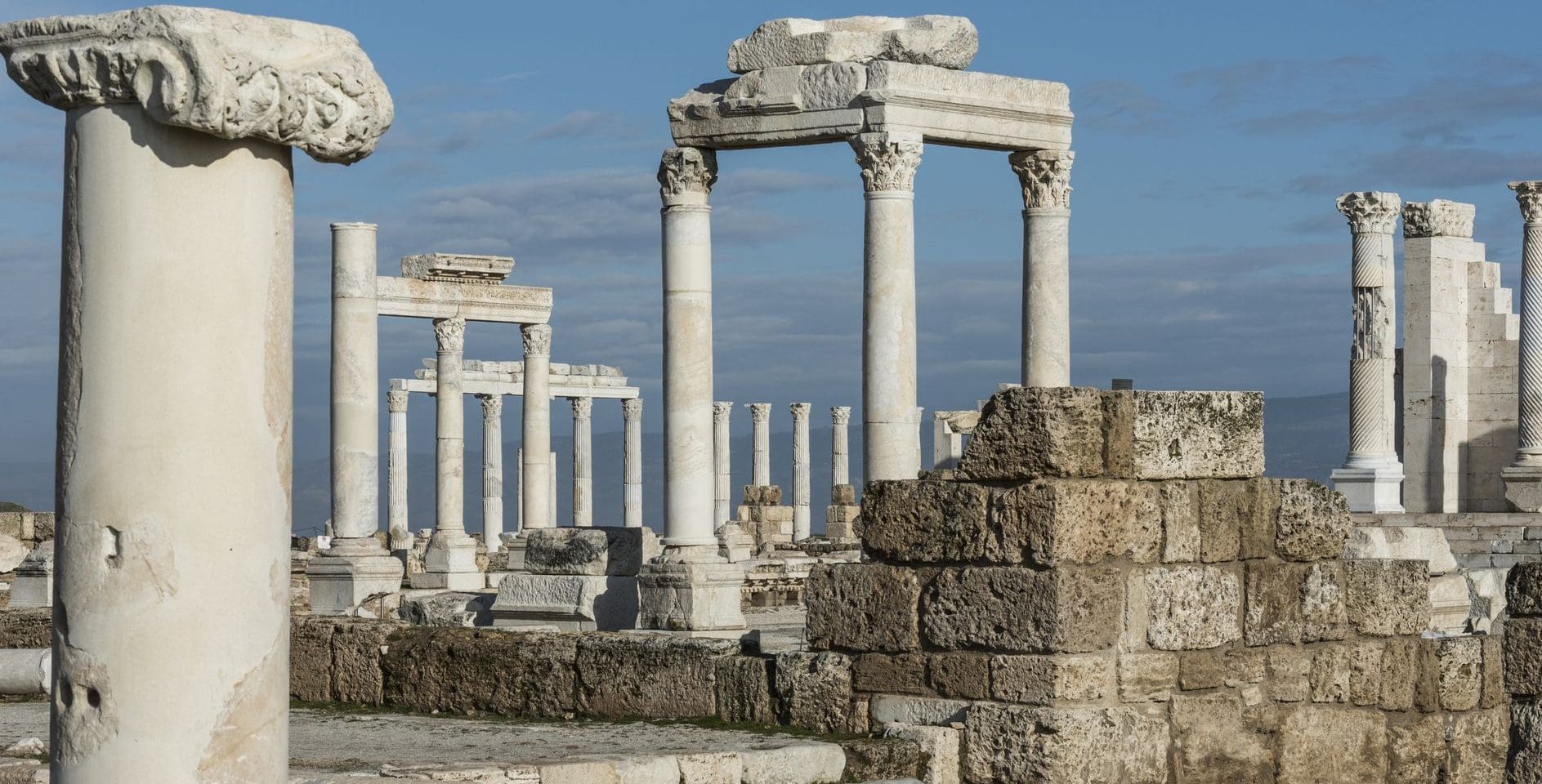Although most if not all number the New Testament epistles at twenty-one, it could be said that there are seven more epistles because Revelation 2-3 contain seven letters from Jesus Christ Himself to seven churches in Asia—the churches of Ephesus, Smyrna, Pergamos, Thyatira, Sardis, Philadelphia, and Laodicea. What’s so fascinating about these letters is that they have at least three and maybe four different levels of application.
“He who has an ear, let him hear what the Spirit says to the churches.”
Revelation 2-3
The first application is local. These were actual churches in Asia. Of course, by Asia the Bible does not mean the continent but rather Asia Minor (which was a province of the Roman Empire and includes the western two-thirds of Turkey). In fact, it was world renowned archaeologist and former Bible skeptic Sir William Ramsay who painstakingly researched these churches and discovered that these letters were dealing with real problems in those churches at that time.[1] Second, these letters also apply to all churches. This is clear from the common refrain in each letter: “He who has an ear, let him hear what the Spirit says to the churches.” The word “churches” is always plural meaning these letters were both for the local church as well as every church. But there is a third level of application. Jesus Christ’s repeated use of the phrase, “He who has an ear, let him hear” in all seven letters is an admonition to each and every individual as well, since all human beings have ears. Therefore, these letters were written to the local churches, to all churches, and to all individuals too.


Although not accepted by all scholars, some believe these letters also have a fourth level of application in that they are prophetic. In other words, these letters seem to lay out, in advance, the future history of the Church. Proponents of this view note that out of all the possible churches Jesus could have written to, He chose to address these seven in particular. There were several other important and high-profile churches at the time that Jesus did not address—such as the churches at Jerusalem, Antioch, Galatia, Thessalonica, Iconium or Lystra—so why didn’t He write to them? It seems Jesus was laying out the specific historical timeline of the Church. It is significant that, “If these letters were in any other order than the one presented, they would not fit the historical model.” If this prophetic application is correct, then that would mean the book of Acts covers the first thirty or so years of Church history while Revelation covers the remaining two thousand.

Ryan Hembree is a daily co-host, speaker, and writer of Bible Discovery. He also hosts a YouTube channel that shows the unity of the Bible and how science and Scripture fit together. Ryan also has an honorary Masters of Ministry in Creation Science from Phoenix University of Theology.
[1] Chuck Missler, Learn the Bible in 24 Hours, 275.






